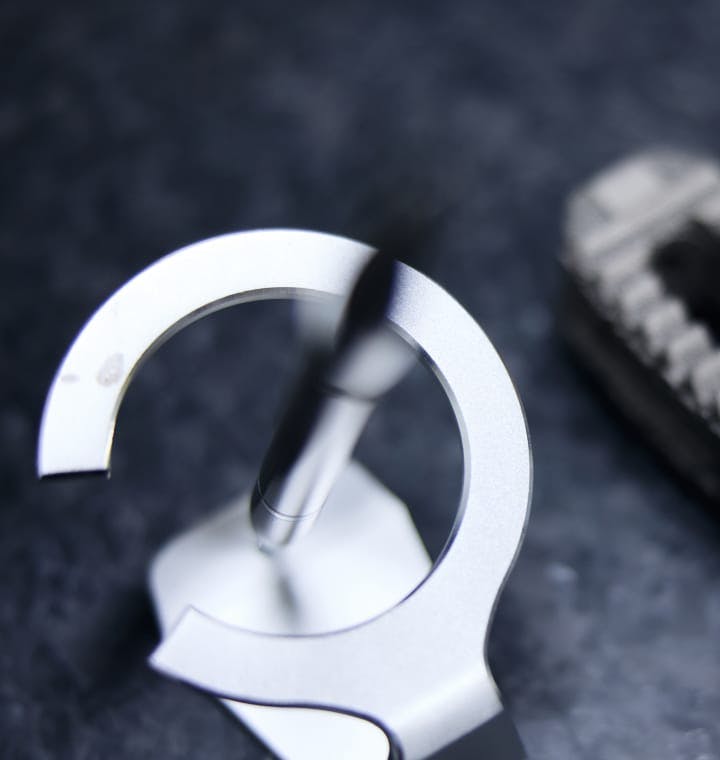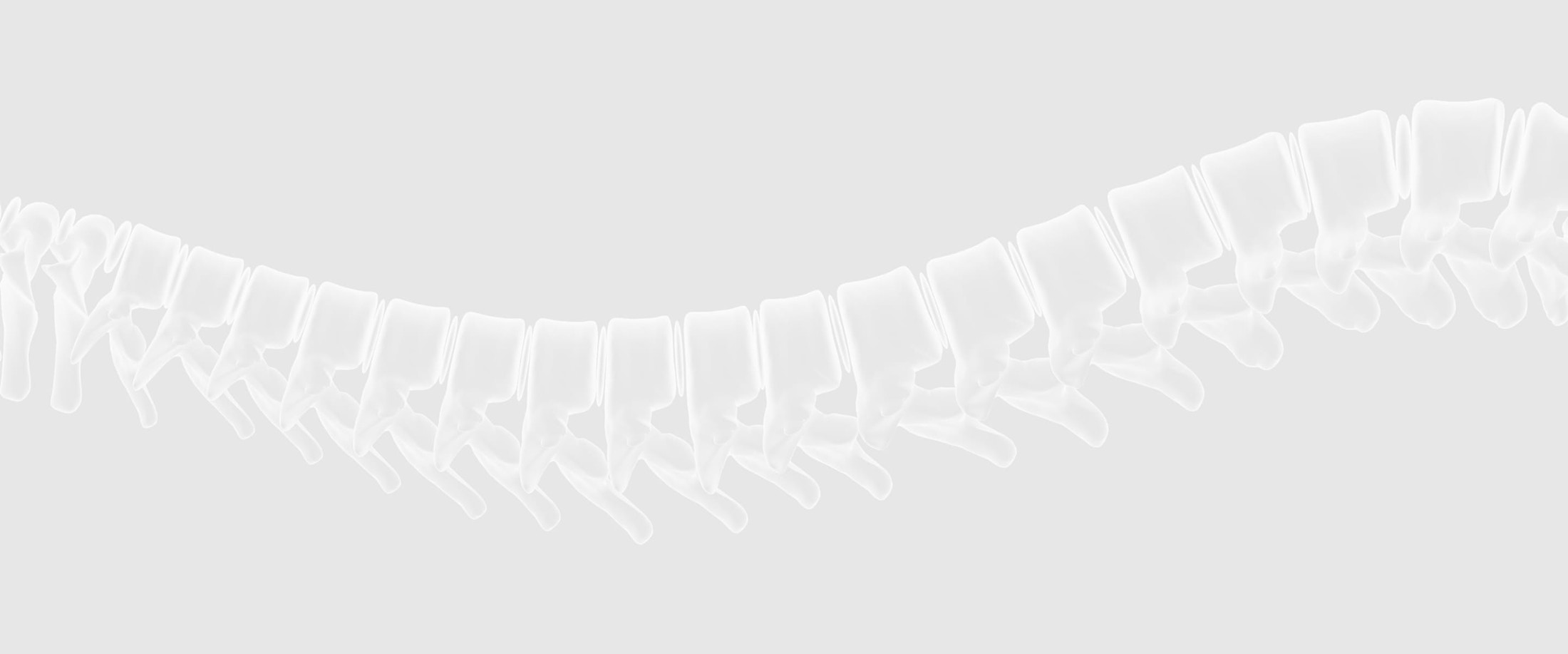To perform laser spine surgery, a medical license is needed, but the doctor is not legally required to be a trained surgeon. Some anesthesiologists or other doctors without actual spine surgical training attempt to perform these procedures. This makes the importance of choosing the right surgeon, who is highly trained and expert, paramount.
A laser beam is an intense source of heat that, while focused, is still less precise than other surgical tools. This technology requires extreme expertise and control to avoid damaging the spinal cord and nerve roots.
Laser surgery can be inadequately understood and used by people who are not highly qualified for this type of precision procedure. In the hands of less practiced technicians, laser surgery can result in increased nerve damage when compared to traditional surgery techniques. When you’re looking for a doctor to perform this procedure, you will want a trained surgeon with experience and expertise who knows the technology and procedure extremely well.







